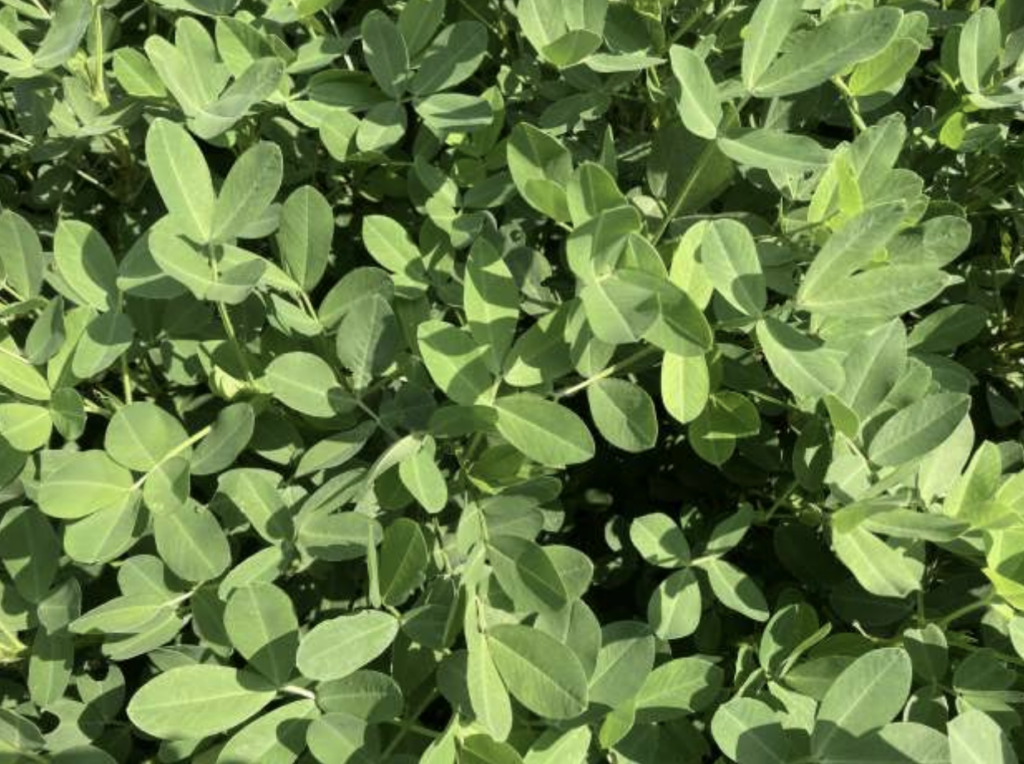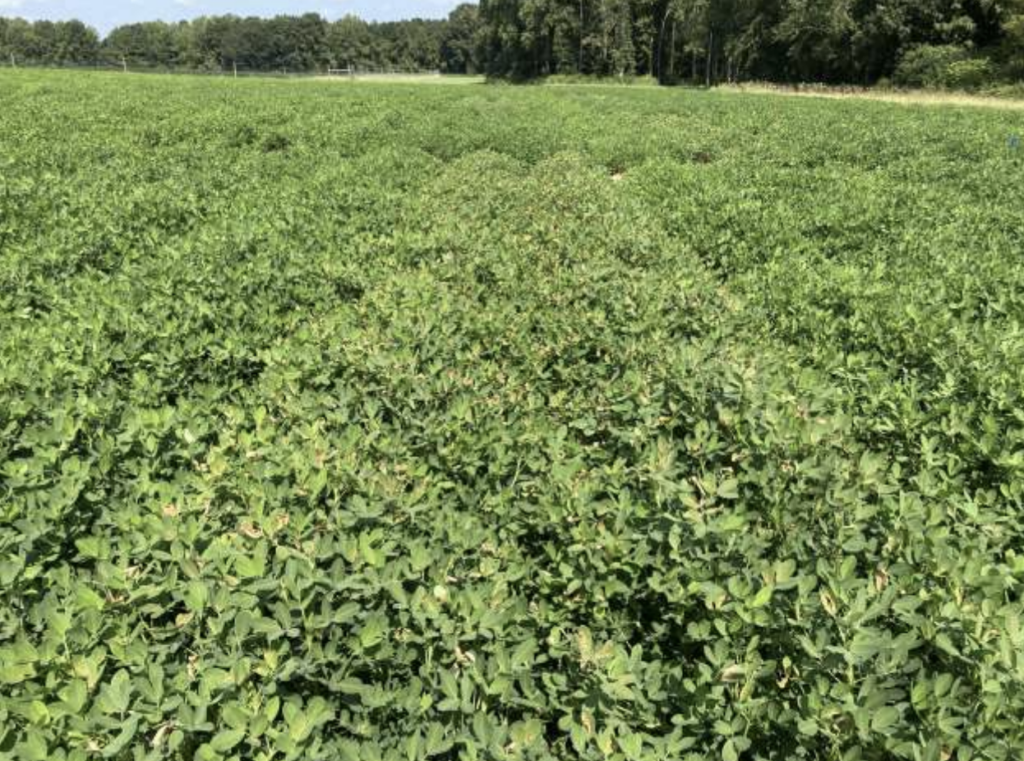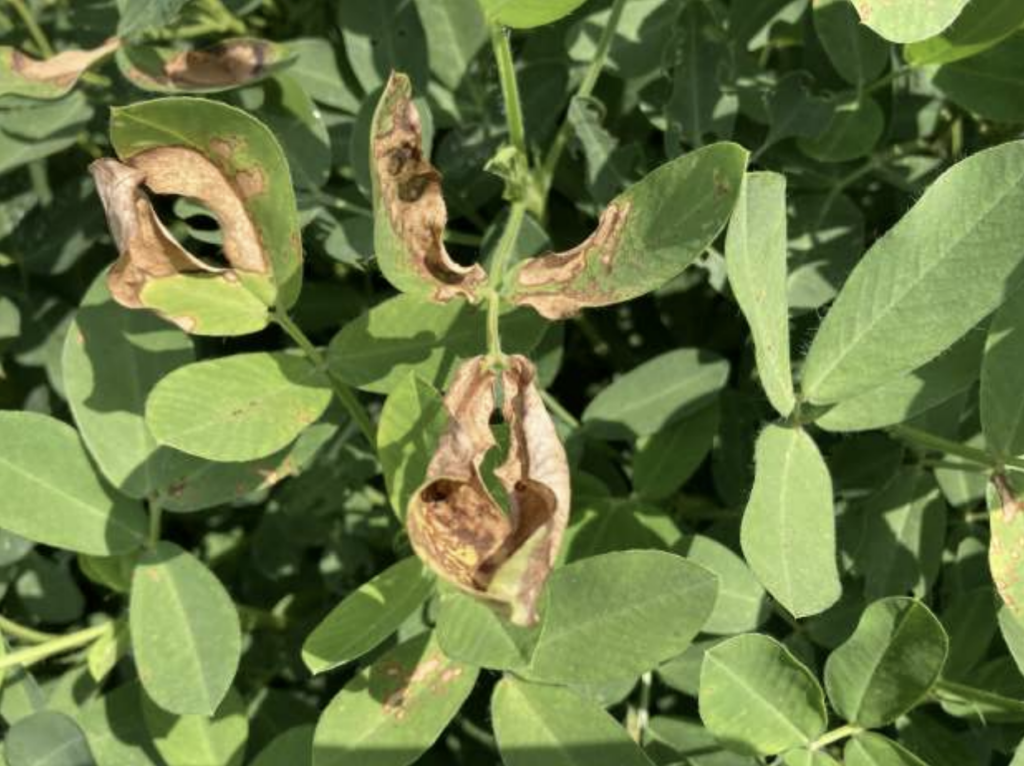Injury From Tank Mixture Peanut Notes No. 197 2021
go.ncsu.edu/readext?817492
en Español / em Português
El inglés es el idioma de control de esta página. En la medida en que haya algún conflicto entre la traducción al inglés y la traducción, el inglés prevalece.
Al hacer clic en el enlace de traducción se activa un servicio de traducción gratuito para convertir la página al español. Al igual que con cualquier traducción por Internet, la conversión no es sensible al contexto y puede que no traduzca el texto en su significado original. NC State Extension no garantiza la exactitud del texto traducido. Por favor, tenga en cuenta que algunas aplicaciones y/o servicios pueden no funcionar como se espera cuando se traducen.
Português
Inglês é o idioma de controle desta página. Na medida que haja algum conflito entre o texto original em Inglês e a tradução, o Inglês prevalece.
Ao clicar no link de tradução, um serviço gratuito de tradução será ativado para converter a página para o Português. Como em qualquer tradução pela internet, a conversão não é sensivel ao contexto e pode não ocorrer a tradução para o significado orginal. O serviço de Extensão da Carolina do Norte (NC State Extension) não garante a exatidão do texto traduzido. Por favor, observe que algumas funções ou serviços podem não funcionar como esperado após a tradução.
English
English is the controlling language of this page. To the extent there is any conflict between the English text and the translation, English controls.
Clicking on the translation link activates a free translation service to convert the page to Spanish. As with any Internet translation, the conversion is not context-sensitive and may not translate the text to its original meaning. NC State Extension does not guarantee the accuracy of the translated text. Please note that some applications and/or services may not function as expected when translated.
Collapse ▲The following information is related to complicated tank mixtures.
There are a lot mixtures being applied to peanuts. A week ago I put out the following mixtures and looked at injury this week.
1) Apogee (7.2 oz) plus crop oil concentrate (32 oz) plus UAN (16 oz)
Versus
2) Apogee (7.2 oz) plus crop oil concentrate (32 oz) plus UAN (16 oz) PLUS Butyrac 200 at 16 oz, Clethodim at 16 oz, Intrepid Edge at 8 oz, Miravis at 3.4 oz, and Elatus at 9.4 oz.
I don’t think that level of injury will be yield limiting but it does get your attention. I’ll keep looking to see if the Apogee performed like normal and we will record yield.
Over the years we have done a great deal of tank mix research and looked at many combinations. But it always seems like I never have a direct answer for many of the questions. It is in part due to the fact that there are so many possibilities and it is really hard to set up a trial that has all the combinations and the control treatments to make sure we can assign the potential problem to a single component. For example, treatment 2 above had injury but I don’t know which product really caused it or whether it was the combination of 2, 3, or 4 of the components. It’s just scientifically challenging to parse out the culprit to a complicated mix (and then weather and water quality can play a role – this mix was put out on a really hot and humid afternoon, around 2 p.m., in August.)
I like to do this type of research, and when my dad and uncle had a few peanuts at home, I would look at some of the mixes in small plots. My dad would say, “Oh, you’re going to play with your chemistry set today.” Not sure what Mr. Gil Burroughs, my high school chemistry and physics teacher would think about this type of work.
We will keep looking at key mixtures and try to give you an informed answer when the questions arise.





